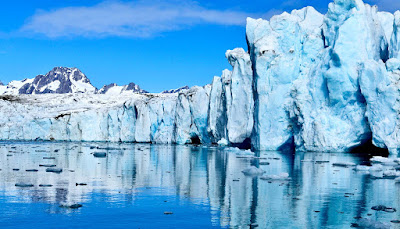http://monclerjackets.com.co/agen-sabungayam-taruhan-terpercaya-cara-melihat-jago-sabungayam/
And with 11 percent of the world's 7.6 billion individuals residing in locations much less compared to 33 feet over water level, rising seas position a significant risk to seaside populaces, economic climates, facilities, and ecosystems worldwide, the study says. Cara Melihat Ayam Yang Paling Jago SabungAyam
Components of New Jacket and New York with 8 feet of sea-level rise. A practically 8-foot rise is feasible by 2100 under a worst-case situation, inning accordance with forecasts. The light-blue locations show the degree of long-term swamping. The bright green locations are low-lying. (Credit: NOAA Sea Degree Rise Viewer)
Sea-level rise differs over place and time, and researchers have developed a variety of techniques to reconstruct previous changes and project future ones. But despite the varying approaches, a clear tale is arising regarding the coming years: From 2000 to 2050, global average sea-level will probably rise about 6 to 10 inches, but is incredibly not likely to rise by greater than 18 inches.
Past 2050, forecasts are more conscious changes in greenhouse gas emissions and to the approaches for projecting sea-level change.
"There is a lot that is learnt about previous and future sea-level change, and a lot that's uncertain. But unpredictability isn't a need to disregard the challenge," says coauthor Robert E. Kopp, a teacher in the Planet and worldly sciences division at Rutgers University–New Brunswick and supervisor of the university's Institute of Planet, Sea, and Atmospheric Sciences.
"Carefully defining what's known and what's uncertain is crucial to managing the dangers sea-level rise positions to coasts worldwide," Kopp says.
Researchers used situation studies from Atlantic City, New Jacket, and from Singapore to discuss how present techniques for reconstructing previous sea-level change can constrict future global and local forecasts. They also discussed approaches for using clinical sea-level forecasts and how accurate forecasts can lead to new sea-level research questions.
A large part of sea-level rise in the 20th century, consisting of most of the global rise since 1975, is connected to human-caused global warming, the study says.
Additional coauthors are from Rutgers, Boston University, and Nanyang Technical College.


